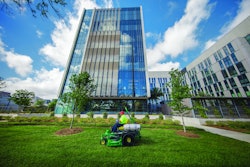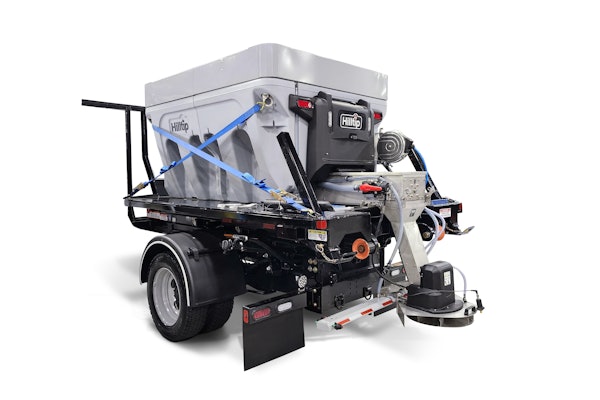 Photo: Pixabay
Photo: PixabaySlips and falls tend to be top of mind if you offer snow and ice management services during the winter months because there is always the risk of being held liable if a client gets hurt on a property that you’re responsible for.
These types of lawsuits are no joke, as one landscaping company even had to file for bankruptcy to pay for the damages. While in some states landscapers don’t have to worry about this threat of liability anymore, you still need to watch out for your crews clearing the walkways in the first place.
According to MedExpress, in 2014 alone, there were 34,860 workplace slip-and-fall injuries involving ice, sleet, or snow that resulted in one or more days away from work to recover.
“Winter-related slips and falls have a significant negative impact on American businesses each year, resulting in time off work, temporary employee costs, overtime for existing employees, and increased insurance costs,” Mike Britt, president of Accident Fund Insurance Company of America tells EHSToday. “To avoid these costs this winter, employers need to be extra vigilant and employees should exercise extreme caution in the months ahead.”
Below are some tips to pass along to your crews as they are out clearing paths this winter.
While some might not think of shoes as personal protection equipment (PPE), it is crucial to wear the proper footwear when clearing walkways of snow and ice. According to the Occupational Safety and Health Administration, insulated, water-resistant boots with good rubber treads are ideal for the job. Avoid plastic or leather soles.
For extra traction, materials such as sand or birdseed can be used. Obviously, they won’t melt the snow or ice, but it will help add some better footing while working. It is important, though, to clean up the sand afterward because it can collect in drainage areas.
Walk with short and slower steps when traveling on a snowy path. Think like a penguin and walk as flat-footed as possible in very icy areas.
Exercise caution when getting in and out of vehicles or equipment. Make a point to watch for black ice, which typically forms when it’s raining, and the air is at or below 32 degrees Fahrenheit. Sleet and the refreezing of runoff from melting snow can also create black ice.
Be mindful of entrances as you head back inside as these spots can become slippery as well from boots tracking in snow and water.
Be prepared to fall
While not every slip and fall can be prevented, being prepared to fall can help reduce the chance of a more severe injury.
If you fall, fall with sequential contacts at your thigh, hip, and shoulder to avoid using your arms to protect against breakage.
Roll with the fall. Try to twist and roll backward, rather than falling forward. As odd as it sounds, relax as much as possible when you begin to fall. Bend your back and head forward so you won’t slam your head on the pavement as your feet shoot out from under you.
Toss whatever you are carrying. Protect yourself instead of what may be in your hands.











